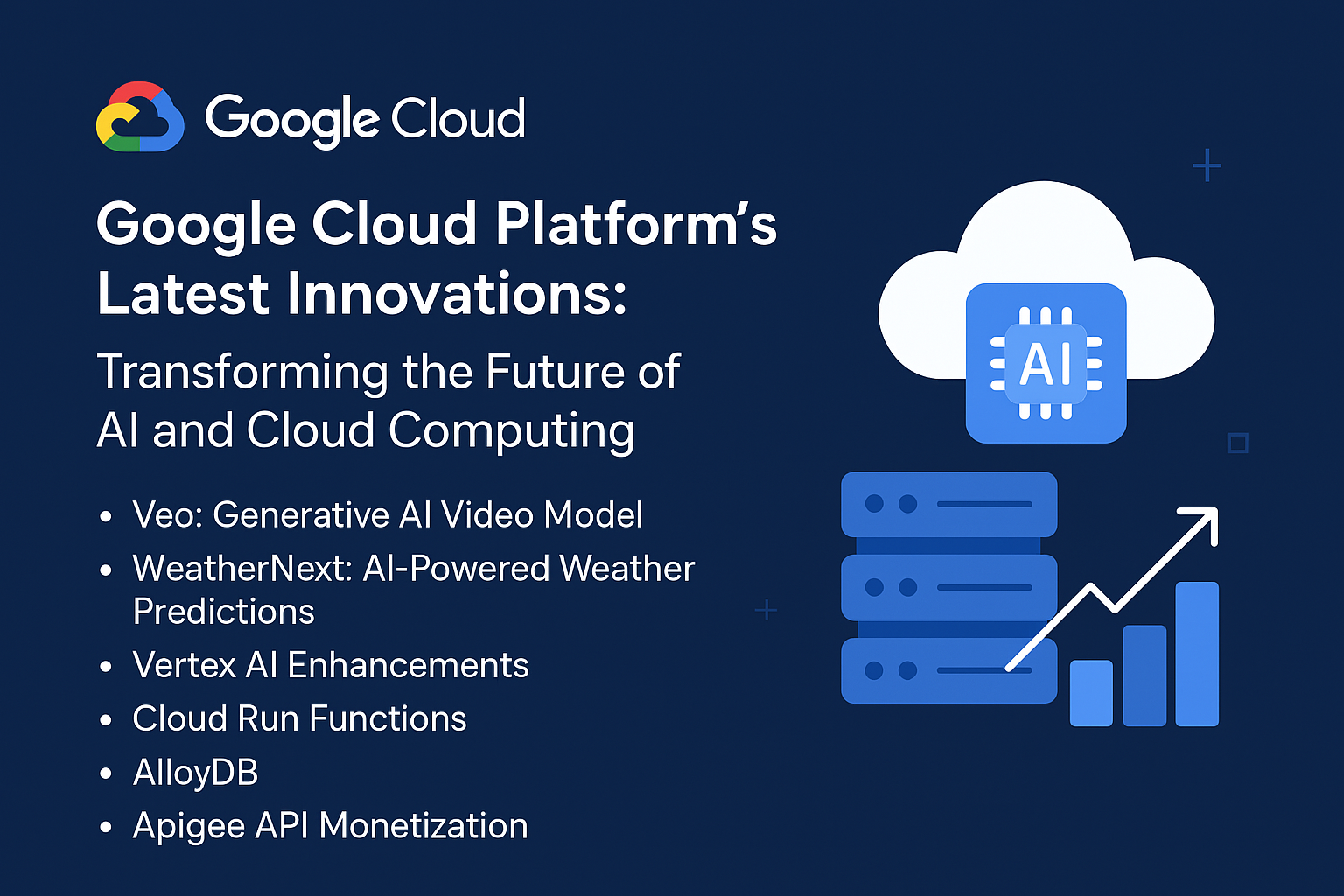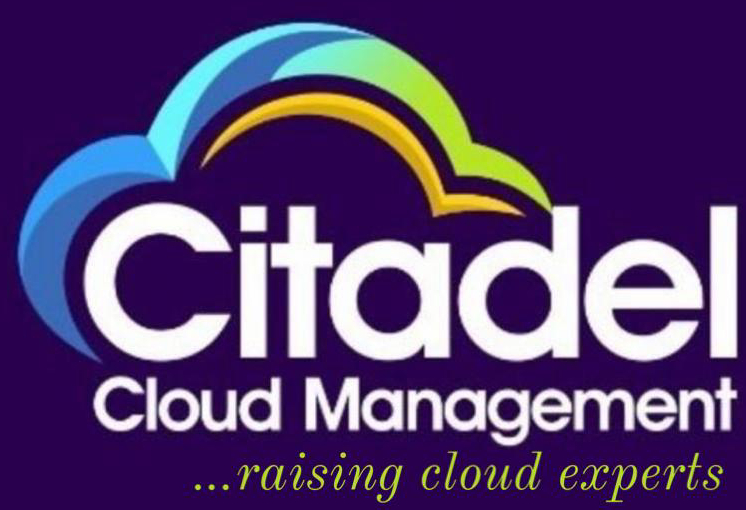
Successful Cloud GRC Implementations: Regulatory Requirements for Cloud GRC
citadelcloud
In the era of digital transformation, organizations are increasingly adopting cloud technologies to streamline operations, enhance collaboration, and improve scalability. However, with the numerous benefits of cloud computing comes a complex landscape of regulatory requirements and governance risks. This blog post delves into the successful implementation of Cloud Governance, Risk, and Compliance (GRC) frameworks, outlining key regulatory requirements that organizations must consider for effective Cloud GRC.
Understanding Cloud GRC
Cloud GRC refers to the set of practices and technologies that organizations implement to ensure compliance with regulations, manage risks, and maintain governance within their cloud environments. It encompasses a range of activities, including policy management, risk assessment, compliance monitoring, and audit processes.
Implementing Cloud GRC is essential for organizations that rely on cloud services, as it helps them navigate the intricate web of legal, regulatory, and industry-specific requirements that vary by region and sector.
Why Cloud GRC is Essential
- Mitigating Risks: Cloud environments can expose organizations to various risks, including data breaches, compliance failures, and service disruptions. A robust Cloud GRC framework helps identify, assess, and mitigate these risks proactively.
- Ensuring Compliance: With the proliferation of data protection regulations like GDPR, HIPAA, and CCPA, organizations must ensure they are compliant with relevant laws. A Cloud GRC framework facilitates ongoing compliance monitoring and reporting.
- Enhancing Visibility and Control: Cloud GRC provides organizations with greater visibility into their cloud operations, enabling them to maintain control over their data, applications, and processes.
- Building Trust: A transparent and effective Cloud GRC framework builds trust with customers, partners, and stakeholders, showcasing the organization’s commitment to security and compliance.
Key Regulatory Requirements for Cloud GRC
Organizations must navigate a variety of regulatory requirements when implementing Cloud GRC. Below are some of the most prominent regulations that impact cloud governance, risk management, and compliance:
1. General Data Protection Regulation (GDPR)
The GDPR is a comprehensive data protection regulation in the European Union that mandates organizations to protect the privacy of EU citizens. Key requirements include:
- Data Minimization: Organizations should only collect personal data that is necessary for their operations.
- Consent: Clear and informed consent must be obtained from individuals before collecting and processing their data.
- Data Subject Rights: Organizations must respect the rights of data subjects, including the right to access, rectify, and erase personal data.
- Breach Notification: Organizations must report data breaches to authorities and affected individuals within 72 hours.
2. Health Insurance Portability and Accountability Act (HIPAA)
HIPAA governs the protection of sensitive patient information in the healthcare sector. Key components include:
- Privacy Rule: Establishes standards for the protection of health information.
- Security Rule: Sets guidelines for safeguarding electronic protected health information (ePHI).
- Breach Notification Rule: Requires covered entities to notify individuals and the Department of Health and Human Services (HHS) of breaches.
3. Sarbanes-Oxley Act (SOX)
SOX is a U.S. federal law that mandates corporate governance and financial practices for publicly traded companies. Key provisions include:
- Internal Controls: Organizations must establish and maintain effective internal controls over financial reporting.
- Auditing and Accountability: Companies are required to perform regular audits of their financial records and internal controls.
4. Federal Risk and Authorization Management Program (FedRAMP)
FedRAMP is a U.S. government program that standardizes security assessment and authorization for cloud services. Key requirements include:
- Security Assessment Framework: Cloud service providers must undergo a rigorous security assessment based on NIST SP 800-53.
- Continuous Monitoring: Organizations must continuously monitor their cloud services for compliance with security standards.
5. Payment Card Industry Data Security Standard (PCI DSS)
PCI DSS is a set of security standards designed to protect cardholder data during payment processing. Key requirements include:
- Encryption: Organizations must encrypt cardholder data during transmission and storage.
- Access Control: Access to cardholder data must be restricted based on business need.
- Regular Testing: Organizations must regularly test security systems and processes.
Steps for Successful Cloud GRC Implementation
Implementing a Cloud GRC framework requires careful planning and execution. Below are key steps to ensure a successful implementation:
1. Assess Your Current State
Begin by evaluating your current governance, risk, and compliance practices. Identify gaps and areas for improvement, and understand how your existing processes align with regulatory requirements.
2. Define Your GRC Framework
Develop a comprehensive GRC framework that aligns with your organizational goals and regulatory requirements. Define roles and responsibilities, establish policies and procedures, and outline risk assessment methodologies.
3. Select the Right Tools and Technologies
Invest in GRC tools and technologies that can automate and streamline your processes. Look for solutions that offer features such as compliance monitoring, risk assessment, reporting, and audit management.
4. Train Your Team
Ensure that your team is trained on the GRC framework and understands their roles in maintaining compliance and managing risks. Regular training sessions can help reinforce the importance of GRC in the organization.
5. Implement Continuous Monitoring
Establish processes for continuous monitoring of compliance and risks within your cloud environment. Regular audits and assessments can help identify potential issues before they escalate.
6. Foster a Culture of Compliance
Promote a culture of compliance within your organization by emphasizing the importance of GRC at all levels. Encourage employees to take ownership of compliance and risk management practices.
Challenges in Cloud GRC Implementation
While implementing Cloud GRC frameworks offers numerous benefits, organizations may encounter challenges, including:
- Complex Regulatory Landscape: Navigating the myriad of regulations and standards can be overwhelming, particularly for global organizations.
- Data Sovereignty Issues: Storing data in the cloud can raise concerns about data sovereignty and compliance with local laws.
- Integration with Existing Systems: Integrating GRC tools with existing systems can be challenging and may require significant resources.
- Resource Constraints: Limited resources, including budget and personnel, can hinder GRC implementation efforts.
Conclusion
The successful implementation of Cloud GRC frameworks is critical for organizations leveraging cloud technologies. By understanding regulatory requirements and following best practices for GRC implementation, organizations can effectively manage risks, ensure compliance, and maintain governance in their cloud environments. As the regulatory landscape continues to evolve, a proactive approach to Cloud GRC will empower organizations to navigate challenges and seize opportunities in the digital age.
Frequently Asked Questions (FAQs)
1. What is Cloud GRC?
Cloud GRC refers to the set of practices and technologies that organizations implement to ensure compliance with regulations, manage risks, and maintain governance within their cloud environments.
2. Why is Cloud GRC important?
Cloud GRC is essential for mitigating risks, ensuring compliance with regulations, enhancing visibility and control over cloud operations, and building trust with stakeholders.
3. What are some key regulatory requirements for Cloud GRC?
Key regulatory requirements include GDPR, HIPAA, SOX, FedRAMP, and PCI DSS.
4. What are the steps to implement a Cloud GRC framework?
The steps include assessing your current state, defining your GRC framework, selecting the right tools, training your team, implementing continuous monitoring, and fostering a culture of compliance.
5. What challenges might organizations face when implementing Cloud GRC?
Challenges can include navigating a complex regulatory landscape, data sovereignty issues, integration with existing systems, and resource constraints.
By following the guidelines outlined in this post, organizations can position themselves for success in the realm of Cloud GRC, ensuring they remain compliant, secure, and well-governed in an increasingly cloud-driven world.
Table of Contents
Latest Articles

